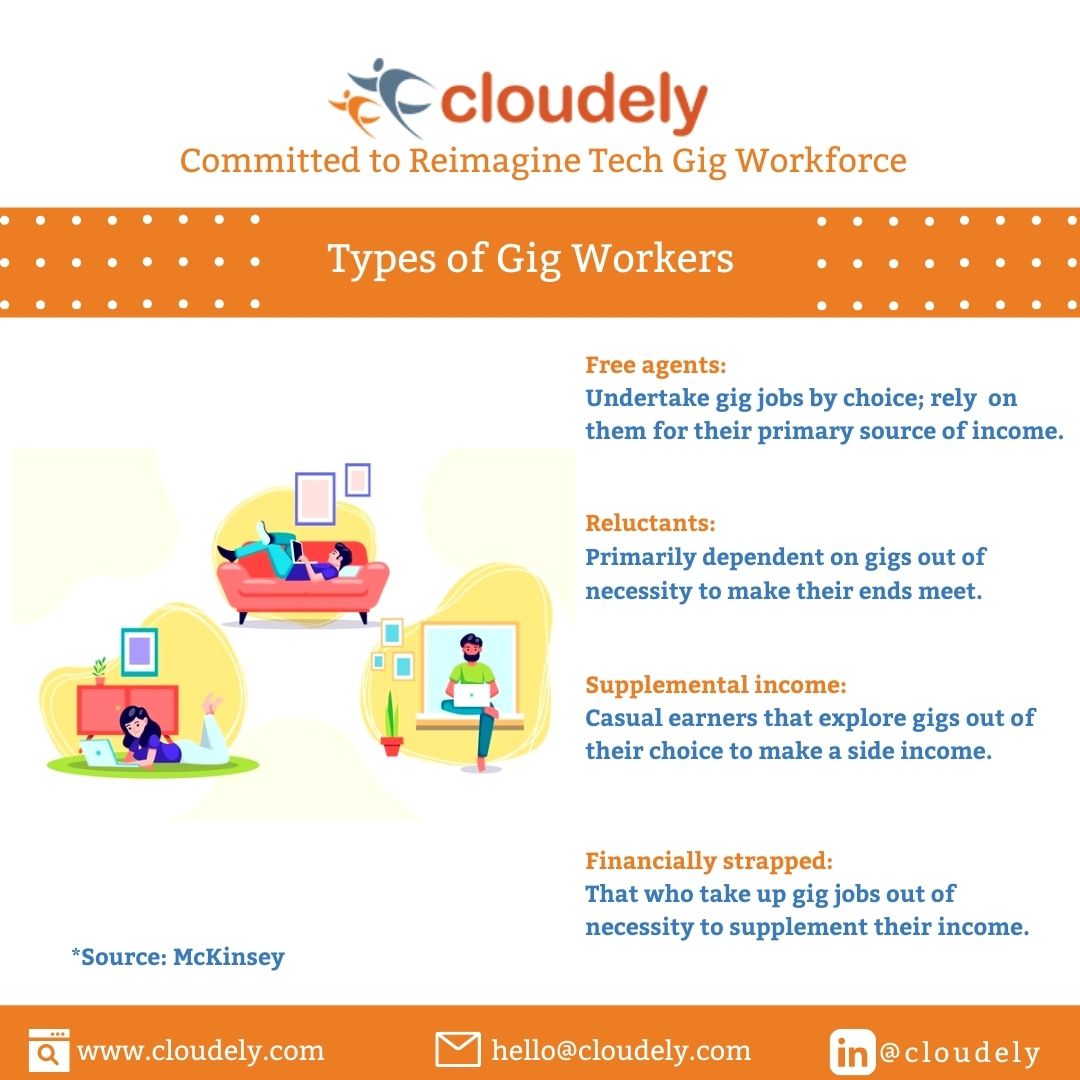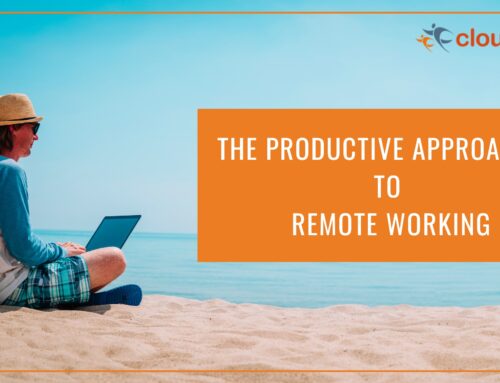The term gig economy is no more an alien term. Since the pervasion of eCommerce, food delivery services and remote work, the potential of the gig economy and the importance of gig workers are being acknowledged even by the industry giants.
Interestingly, the origin of gig jobs has its roots in the first half of the 20th century, when jazz musicians were the first gig workers who gave live performances on a gig base. The current global gig economy handles the industry needs, irrespective of the sector.
This article provides a bird’s view of the gig economy in the USA, along with gig economy statistics that indicate its size and facts in numbers.
Table of Contents
Gig economy sector definitions and examples
In general, any industry that leverages the services of freelancers and part-timers is a part of the gig economy. Similarly, a professional with a side hustle as a means of their livelihood is a contributor to the gig economy.
MasterCard distinguishes Gig Economy into four major sectors based on their offerings as below:
Asset-Sharing Services:
Gig economy platforms that facilitate an asset owner (freelancer) to rent their property to a client (home sharing, car sharing, boat sharing, parking space sharing).
Ex: Airbnb, Turo, HomeAway.
Transportation-Based Services:
Gig economy platforms make it feasible for a freelance driver to provide transportation services to clients (ride-sharing, food delivery, goods delivery).
Ex: Uber, Doordash.
Professional Services:
Gig economy platforms that connect freelance professionals with clients that offer tech and business services (development, coding, writing, design).
Ex: GigMinds, UpWork, Freelancer.
Handmade Goods, Household & Miscellaneous Services (HGHM):
Gig economy platforms that allow freelancers to sell homemade crafts or offer on-demand services for household-related tasks (home services, babysitting, tutoring, pet services).
Ex: Airtasker, Etsy, Care.com

Global gig economy statistics
Of these gig economy sectors mentioned above, according to gig economy statistics, the Transportation-Based Services contribute the major share of Gross Volume of 57.8%, or $117B. The Asset-Sharing sector contributes $62B and is the second-largest contributor.
Related: A Closer Look at Gig Economy in India
Here are some more staggering statistics of gig economy focused on the US:
- In the US, 79% of full-time freelancers felt contented working on their own than as full-time employees. (source)
- On the contrary, 45% of full-time gig workers expressed a high Economic Anxiety Index score compared to 24% of full-time employees.
- As of 2018, the gig economy contributes $204 billion. By 2023, it is projected to reach $455 billion at a Compound Annual Growth Rate (CAGR) of 17.4%.
- Gig economy statistics indicate that design and tech freelance jobs top the global freelance jobs with 59% of gig workers.
- 12% of the gig workforce in the US joined the freelance economy during the pandemic. (source)
- At this growth rate, experts indicate that by 2027, more than 50% of the US workforce will be a part of the gig economy.
- The number of post-graduates that are keen on freelance jobs is 41%.
- The US gig economy is increasing three times faster than the US workforce.
- A study done by Upwork titled “Freelancing in America” indicated that 51% of freelancers are not keen on going back to their 9-5 jobs despite the amount of salary.
- The flexibility in gig jobs is a selling factor. 59% of male freelancers and 74% of female freelancers love the gig economy for its flexibility.
- 76% of gig workers are more than satisfied with their career choice in freelancing. (source)
- 8 million US gig workers are full-time freelancers.
- The best states for gig economy jobs in the US are Colorado, Hawaii, Texas, Virginia, and Washington.
- 70% of freelancers rely on job portals and marketplaces to find gigs.
- 63% of freelancers are happy that their portfolio is strong with multiple employers, while 35% enjoy their work-life balance in the gig economy.
- 38% of freelancers are aged 18-34, while 25% are between 35-44.
- 70% of gig workers have learnt their skills from training and self-learning.
- 85% of US freelancers earn less than $500 per month.
- On average, freelancers work with 4-5 clients.
- 170 US gig companies are favouring gig workers as their workforce.
- 80% of the largest organizations in the US plan to switch to gig-based work culture.
Gig economy challenges
While these gig economy statistics indicate how companies and professionals are keen on leveraging it, experts believe that the never before seen number of gig workers might trigger a saturation in its workforce, which can lead to a drop in per hour payment if clients prefer gig workers that quote lesser.
On the other hand, on a global level, developed markets are attaining their services from the developing nations like India, Indonesia and the Philippines at the undercut prices, thus lowering the gig economy.
Final thoughts
Statistics confirm that the gig economy is more than a trend. It is here to rise and stay. Thanks to the gig economy, businesses can benefit from global gig workers while skilled freelancers can showcase their talent and amplify their earnings while enjoying independence and flexibility.
GigMinds – Redefining the Gig Marketplace
GigMinds is recruiting software that automates candidate sourcing, matches the right candidates to the right jobs, gives insight into your hiring process, and improves the quality of full-time or contractual hires. Explore GigMinds to know more.






